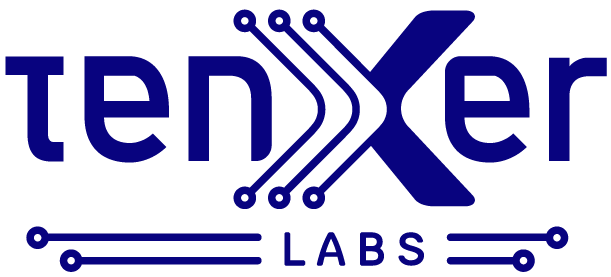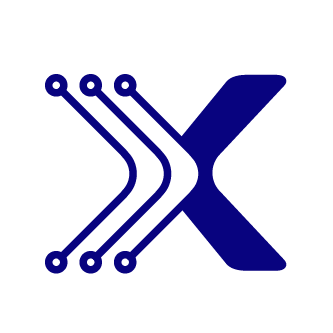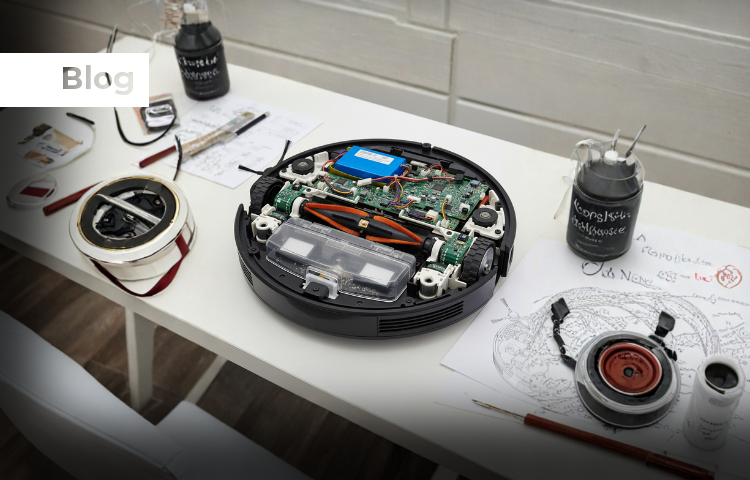The automotive industry is undergoing a profound transformation, with Software-Defined Vehicles (SDVs) at the forefront of this revolution. As automakers transition from hardware-focused manufacturing to software-centric development, SDVs are paving the way for greater flexibility, personalization, and innovation in vehicle design. This shift is not just reshaping the way vehicles are built but also fundamentally altering how we think about mobility and automotive experiences.
In this blog, we explore what software-defined vehicles mean for the industry, how they are transforming the driving experience, and why they are key to the future of connected cars, autonomous driving, and mobility-as-a-service (MaaS).
What is a Software-Defined Vehicle (SDV)?
A Software-Defined Vehicle is a car where the majority of its features, systems, and functionalities are controlled and managed by software rather than traditional hardware components. Unlike conventional vehicles, which rely heavily on mechanical and electrical systems, SDVs enable over-the-air (OTA) updates, allowing manufacturers to add new features, improve performance, and fix bugs without requiring a physical visit to a service center.

Key components of SDVs
- Centralized Computing: Instead of relying on hundreds of Electronic Control Units (ECUs), SDVs have a few powerful processors that manage everything from infotainment to critical driving systems.
- Vehicle-to-Everything (V2X) Connectivity: SDVs are highly connected, able to communicate with other vehicles, infrastructure, and cloud services, enabling safer and more efficient driving experiences.
- OTA Updates: Automakers can roll out updates to improve vehicle performance, introduce new software features, or patch security vulnerabilities in real-time.
This software-centric approach not only streamlines vehicle design but also allows for personalized driving experiences, where a car’s features can be customized based on user preferences and continuously updated to meet evolving needs.

Key Benefits of Software-Defined Vehicles
- Enhanced Flexibility and Customization
With software driving the vehicle’s core functions, automakers can offer greater flexibility in terms of how vehicles perform and operate. For instance, car manufacturers can deliver new features such as advanced driver-assistance systems (ADAS), enhanced safety protocols, or even performance upgrades through simple OTA updates. Drivers no longer need to buy a new vehicle to access the latest technology—they can download it directly to their cars.
- Improved Lifecycle Management
SDVs have the potential to extend the lifecycle of vehicles by keeping them up-to-date through regular software enhancements. This allows automakers to reduce the need for costly recalls and upgrades while improving overall customer satisfaction. Software-defined systems also allow for continuous data ccollection, providing real-time insights into vehicle performance, which can then be used to preemptively address potential issues.
- Advanced Autonomous Capabilities
The move to software-defined architectures is accelerating the development of autonomous driving technologies. SDVs are built with the infrastructure needed to enable Level 3 and 4 autonomy, where cars can handle most driving tasks in specific environments without human intervention. As self-driving technology advances, SDVs will be critical to ensuring the vehicles of tomorrow can safely and reliably navigate complex traffic environments.
- Better Security
As vehicles become more connected, cybersecurity becomes a critical concern. SDVs are better equipped to handle these challenges by incorporating security-by-design principles into their architecture. With frequent OTA updates, automakers can quickly address emerging threats and ensure vehicles remain secure in the face of evolving cybersecurity risks.
Challenges in the Adoption of Software-Defined Vehicles
While the benefits of SDVs are clear, there are several challenges that automakers and suppliers must address to fully realize the potential of this technology.

Complex Software-Hardware Integration
Shifting to software-defined architectures requires deep expertise in integrating complex software with existing hardware systems. This process can be time-consuming and requires rigorous testing to ensure safety and reliability, particularly in mission-critical systems like braking and steering.
Data Management and Storage
SDVs generate enormous amounts of data, from sensor outputs to user preferences and system diagnostics. Managing, storing, and securing this data is a significant challenge, especially as cars become more connected and autonomous.
Cybersecurity Concerns
With increased connectivity comes a greater risk of cyberattacks . As more vehicles rely on cloud services and OTA updates, automakers must invest in advanced cybersecurity measures to protect against potential vulnerabilities.
High Development Costs
Transitioning to SDVs requires significant investment in both software development and hardware optimization. Automakers must balance these costs while still delivering affordable vehicles to the market.
The Role of LiveBench in the SDV Ecosystem
As the automotive industry embraces SDVs, testing and evaluating the vast array of software and hardware components required for these vehicles becomes increasingly complex. This is where Tenxer Labs’ LiveBench platform steps in.
LiveBench is a cloud-based platform that enables real-time, remote evaluation of Integrated Circuits (ICs) and electronic components.
As automakers transition to SDVs, they need robust testing environments that can handle the intricate demands of software-hardware integration. Tenxer Lab’s LiveBench platform enables configuration of custom system setups for Automotive Labs on demand or request.

LiveBench Empowers Design Engineers in Automotive Domain
- Remotely evaluate SDV-specific ICs, reducing the need for physical prototypes.
- Conduct 100+ evaluations with a single Evaluation Kit (EVK), accelerating the product testing cycle and reducing both time-to-market and resource consumption.
- Scale evaluation across multiple geographies and teams, ensuring seamless collaboration on a global scale.
By streamlining the testing and evaluation process, LiveBench is helping automakers embrace the future of SDVs with greater speed, accuracy , and sustainability . As vehicle functions become increasingly software-driven, platforms like LiveBench are critical for ensuring the reliability and performance of the underlying hardware components that power these innovations.
The Road Ahead for Software-Defined Vehicles in 2025

- Widespread adoption of Level 3 autonomy , where vehicles can operate independently in certain conditions, such as highways or city streets.
- Integration of V2X communication systems , enabling real-time data exchange between vehicles, infrastructure, and cloud platforms, improving safety and traffic efficiency.
- A shift toward mobility-as-a-service (MaaS) models, where vehicles are shared or rented as needed, rather than owned, powered by cloud-based software platforms.
As these trends take hold, the need for reliable, scalable testing environments like LiveBench will become even more critical. Tenxer Labs is committed to helping automakers navigate the complexities of software-hardware integration and ensure their SDV technologies are tested and validated efficiently. With the power of cloud-based IC evaluation , Tenxer Labs is accelerating the adoption of software-defined vehicles and enabling automakers to deliver the next generation of smart, connected cars .
A Software-Driven Future for Automotive
The era of software-defined vehicles is just beginning, but its impact on the automotive industry is already profound. As cars become smarter, more connected, and capable of autonomous driving, software will be the driving force behind innovation in mobility.
In this landscape, Tenxer Labs’ LiveBench is a key enabler of the digital transformation required to bring SDVs to market. By providing a scalable, cloud-based evaluation platform , LiveBench helps automakers accelerate their development cycles, ensure high-quality IC integration, and support their broader goals of sustainability and efficiency .
The road ahead for SDVs is filled with exciting opportunities—and with platforms like LiveBench, the automotive industry is equipped to meet these challenges head-on.





